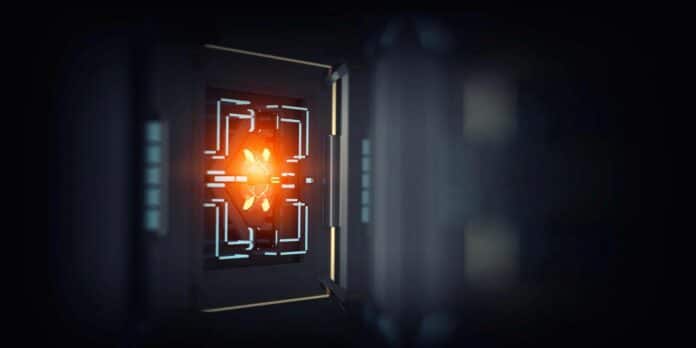
18 May, 2024 by Amit Malewar
Collected at : https://www.techexplorist.com/world-smallest-quantum-light-detector-silicon-chip/83891/
Realizing the upcoming generation of superior information technologies requires the large-scale production of high-performance electronics and photonics. The challenge of implementing quantum technologies in currently available commercial facilities is a global endeavor undertaken by universities and businesses worldwide.
Given the enormous number of components required to assemble even a single machine, the ability to produce high-performance quantum hardware at scale may prove essential for quantum computing.
In pursuit of this goal, researchers at the University of Bristol have demonstrated and integrated the world’s tiniest quantum light detector onto a silicon chip with a circuit that occupies 80 micrometers by 220 micrometers.
Most importantly, the small size allows fast operation of the quantum light detector, enabling high-speed quantum communications and speedy operation of optical quantum computers.
Utilizing well-established and widely available fabrication processes enhances the likelihood of early integration with other technologies, such as communications and sensing.
Professor Jonathan Matthews, who led the research and is Director of the Quantum Engineering Technology Labs, said, “These types of detectors are called homodyne detectors, and they pop up everywhere in applications across quantum optics. They operate at room temperature, and you can use them for quantum communications in susceptible sensors — like state-of-the-art gravitational wave detectors — and there are designs of quantum computers that would use these detectors.”
A Bristol team demonstrated in 2021 how quantum light detectors might be made faster by connecting a photonics chip to a separate electronics chip. Using an electronic-photonic integrated device, the team has now enhanced speed by 10 while lowering footprint by 50.
Besides being fast and small, these detectors are also sensitive.
Sensitivity to quantum noise is crucial to measure quantum light. In all optical systems, a minute, fundamental degree of noise can be attributed to quantum mechanics.
The behavior of this noise can be utilized to reconstruct quantum states mathematically, provide information about the type of quantum light traveling through the system, and determine the sensitivity of an optical sensor. This study demonstrated that reducing the detector’s size and speed did not compromise its ability to detect quantum states with sensitivity.
Researchers noted, “There is more exciting research in integrating other disruptive quantum technology hardware down to the chip scale. The new detector needs to improve efficiency, and work must be done to test it in many different applications.”
Professor Matthews added, “We built the detector with a commercially accessible foundry to make its applications more accessible. While we are incredibly excited by the implications across a range of quantum technology, it is critical that we as a community continue to tackle the challenge of scalable fabrication of quantum technology. Without demonstrating truly scalable fabrication of quantum hardware, the impact and benefits of quantum technology will be delayed and limited.”
Journal Reference:
- Tasker, J. F., Frazer, J., Ferranti, G., & F. Matthews, J. C. (2024). A Bi-CMOS electronic photonic integrated circuit quantum light detector. Science Advances. DOI: 10.1126/sciadv.adk6890

Leave a Reply